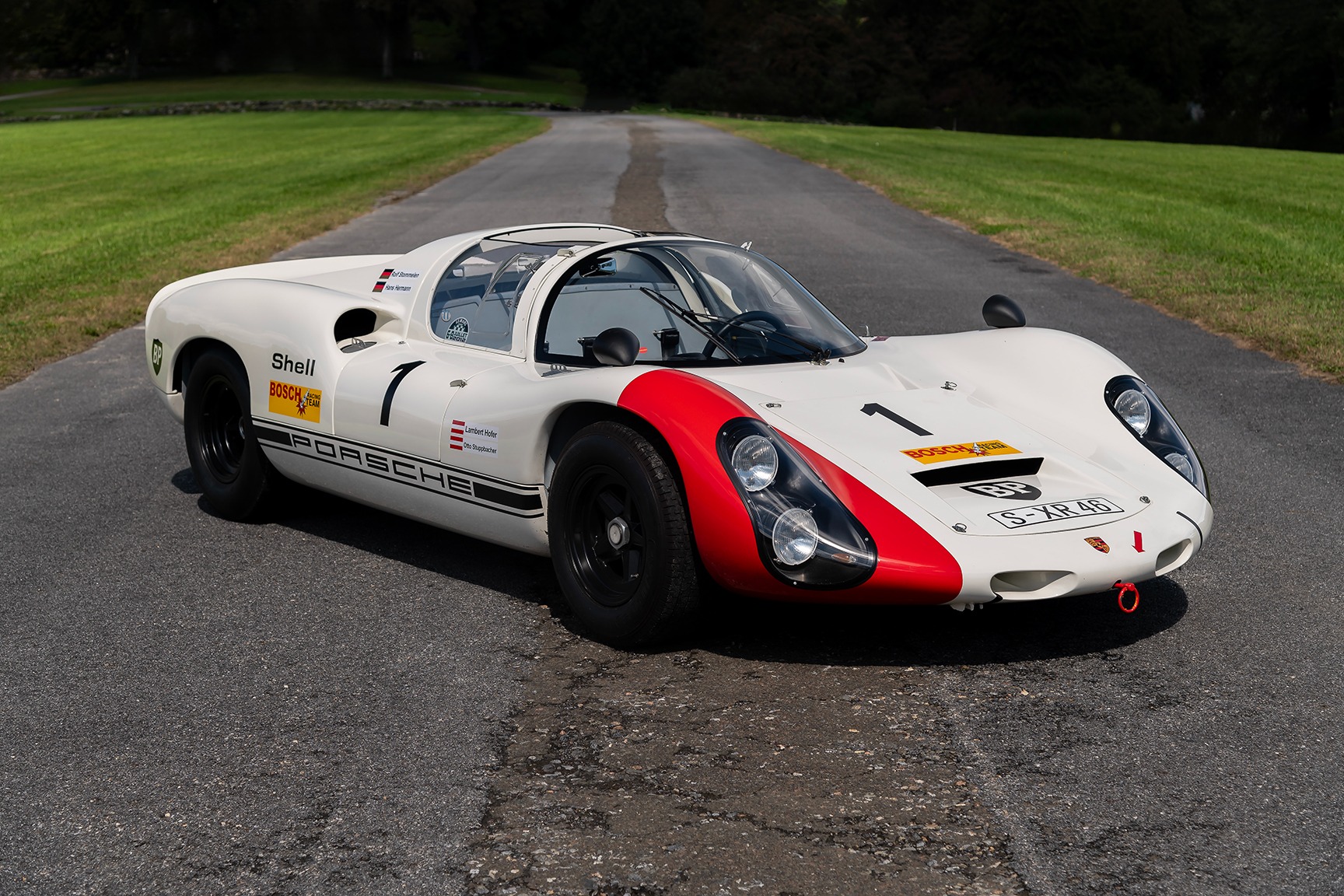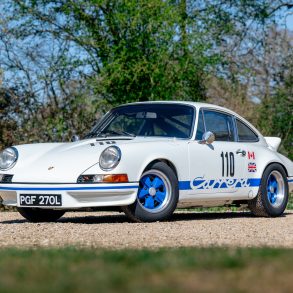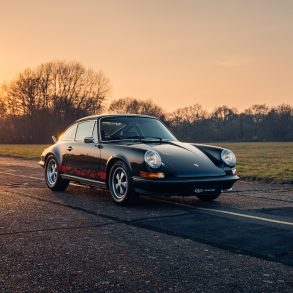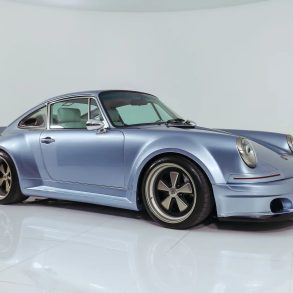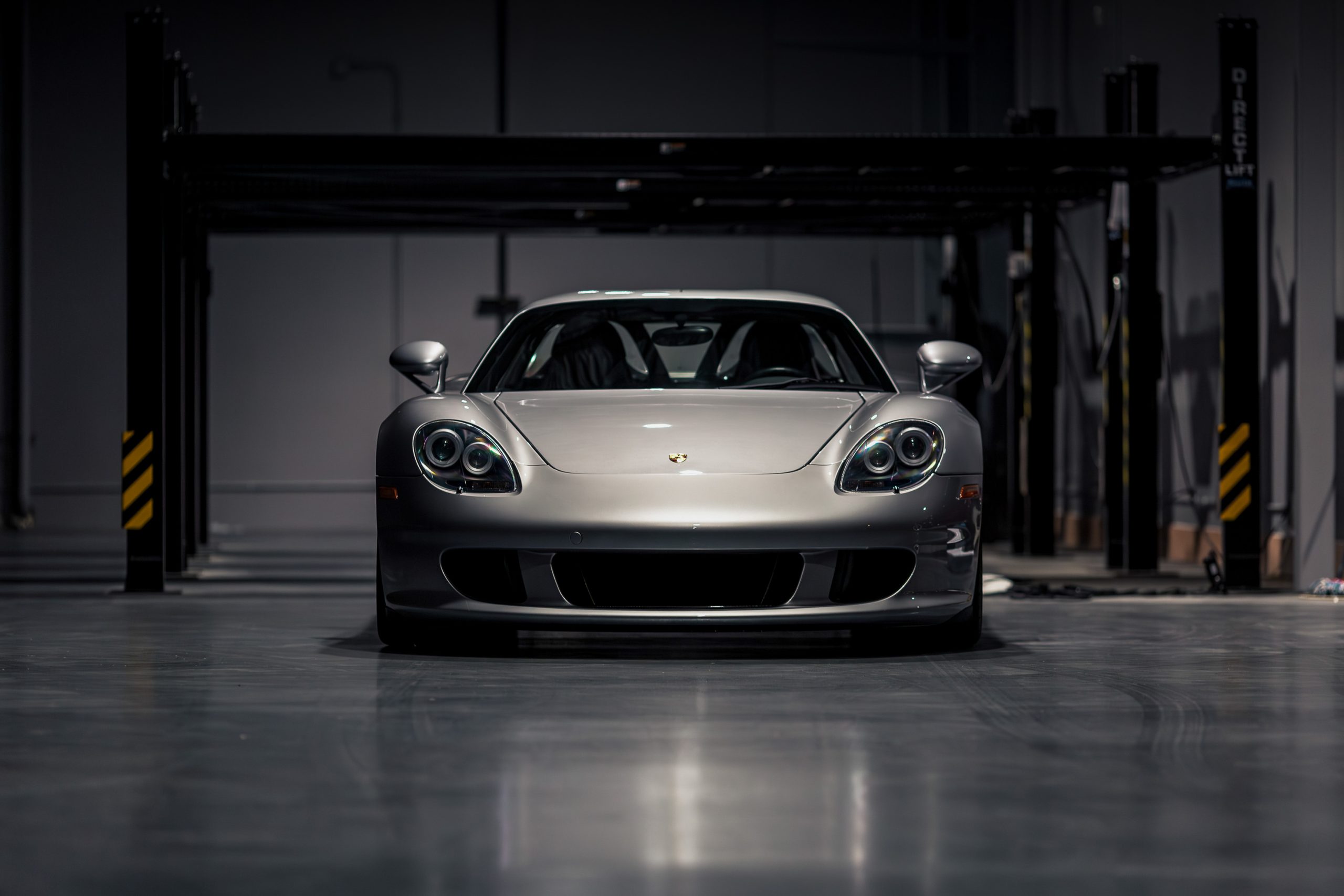There are very few names in the motorsport world that are as highly respected as Niki Lauda’s. One of the most technical, determined, and calculating drivers of all time, he was a major influence to legends that raced against him and raced after him, names such as Hunt, Rosberg, Prost, Senna, Schumacher, Hakkinen, and Hamilton.
However, in 1969, a few years before he set foot in a Formula car of any type, there was a little sports car company out of Stuttgart that was looking to move up in racing from GTs to full on prototype racing. Lauda, at the time, was a gig driver, or what the Europeans called a “jobbing” driver that was ready to race in whatever car was given to him as he worked towards the ranks of Formula Two and Formula One. As fate would have it, that little sports car company, Porsche, decided to hire one Niki Lauda to race for them at the Osterreichring 1000 KM.
Thus begun a short lived but remarkable partnership between a company that wanted to develop dominant race prototypes and one of the greatest technical drivers of all time.
Niki Lauda’s (Short) Porsche Tenure
Porsche had a working prototype in the 908, with many variants recording significant placements and a few victories. Yet, they wanted more, they wanted to be at the top tier, on the top step of the podium, and to get there, they needed to evolve their cars. Thus came along the 910 prototype, a “Stepping stone” towards the future, a visceral, raw, powerful prototype that needed both a technical mind and a deft hand to drive it at ten tenths of its true potential.
The very first 910, chassis 001, was built in 1966 as the original prototype that the rest of the 910’s was based on. It was brought up to current race spec in early 1969, and at the Osterreichring, Lauda was only too happy to drive for a German team at an Austrian track not far from where he lived.
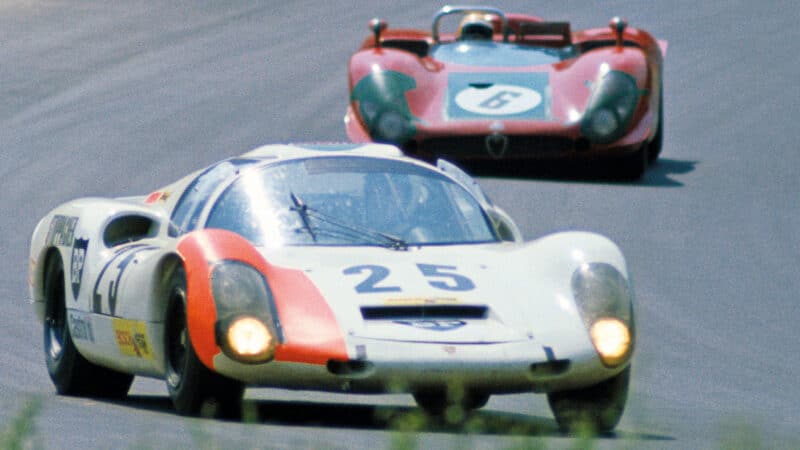
During the race, car owner Otto Stuppacher’s stint had them sitting almost dead middle of the Group 4 prototypes, of which 21 had been entered. What followed was a demonstration his future talent, as during Lauda’s stint, he raced the car to the ragged edge of its envelope. He pulled off some simply stunning passes, intimidated other drivers by pushing them hard from behind, and by the end of his stint as he pulled back into the pits, the Bosch Racing Team car was up to 9th in class.
While 910-001 didn’t go on to win, the fact that Lauda had managed to drive the absolute nuts off of it showed that the car could be driven very hard, and was properly fast despite its 220 BHP flat six engine and 13 inch wheels. Niki also gave feedback directly to Porsche, as the Bosch team was factory supported, as to what worked so well with the car that allowed him to have the confidence to push as hard as he could. He didn’t know it at the time, but his short debrief would play a small part in what was to come for Stuttgart.
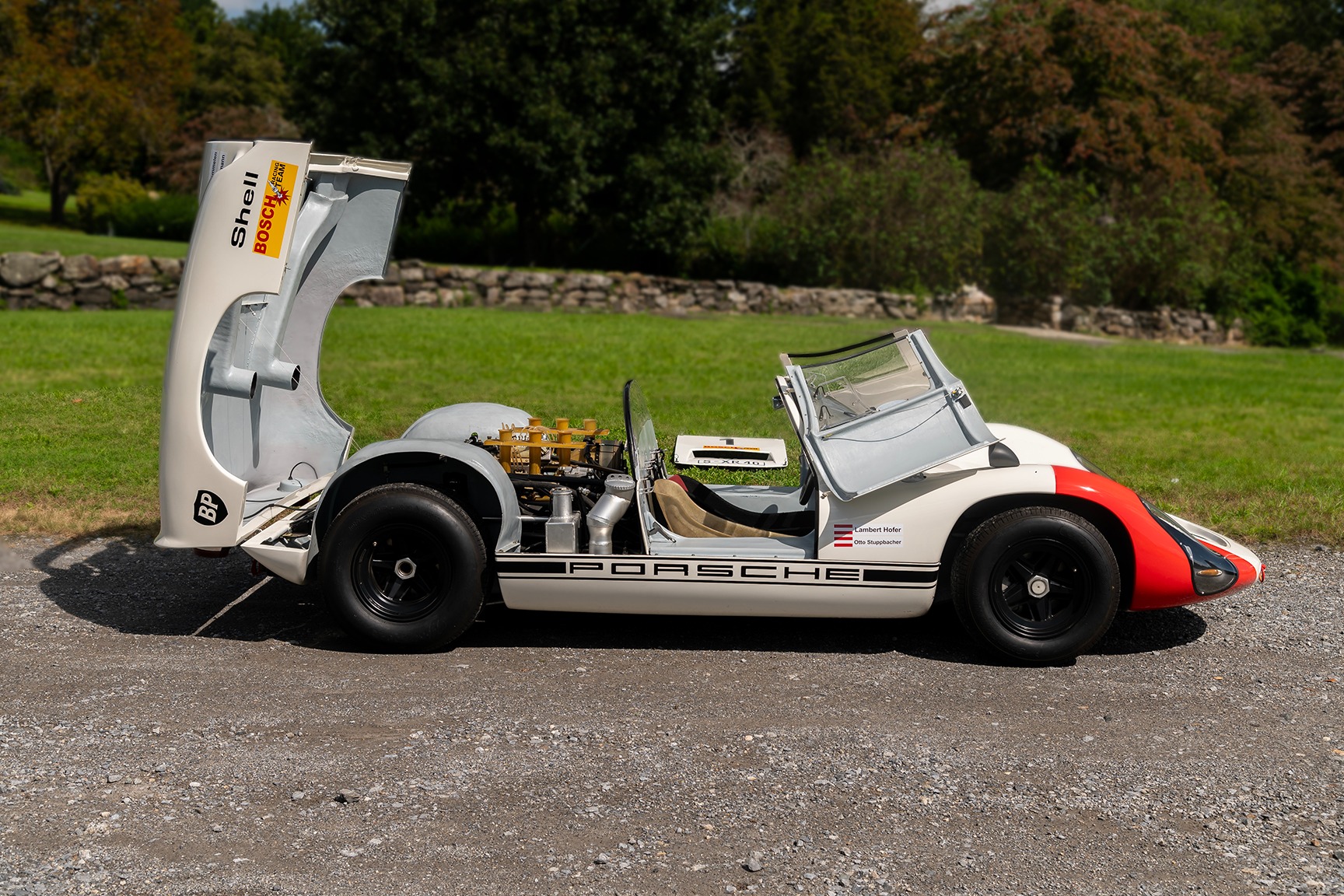
Lauda did race for Porsche again, this time in a 908/2 at the Norisring in 1970, placing decently but still at the top of the midfield.
How The 910 & Chassis -001 Led To Nearly Two Decades Of Dominance
Behind the scenes at Porsche in 1968, in the motorsports division, Ferdinand Piech and the engineers were working on a flat-12 engine car that was having some issues getting its handling settled. We are, of course, talking about the first iteration of the 917.
Dangerously fast and catastrophically unstable in testing, the 917 was looking to be a failed push by Porsche to enter into the top class at Le Mans and other races. It was so bad that at the 1969 1000KM of Spa, a long tail 908 was chosen to be entered instead of the 917. It was, for all intents and purposes at the time, one of the worst cars Porsche had ever made.
Then, in 1970, following input from aerodynamicists and taking the feedback from many drivers including a peculiar Austrian that had given Porsche some very technical feedback about why the 910 worked so well, led to the development of the Kurzheck version of the 917, or as it is much more famously known, the 917K. The rest, as they say, is history.
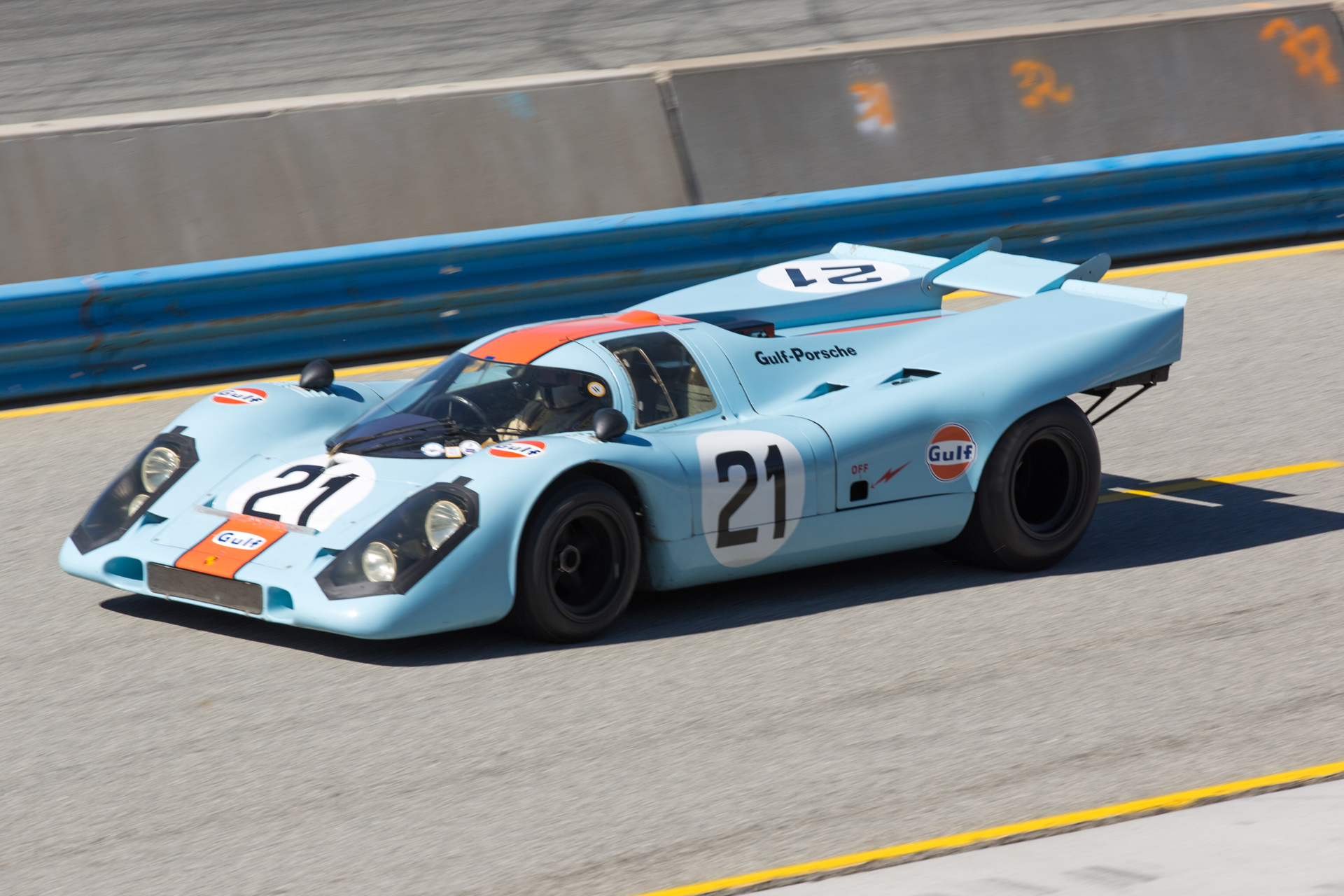
So how does chassis -001 enter into this?
The 910-001 was originally built to be a hillclimb car, before it was converted to Group 4 specifications. It saw victories at the 1967 Targa Florio and the 1967 Nurburgring 6 Hours. It raced at Daytona and Sebring in 1968, although a 907H won both of those races.
It was the workhorse of the 28 910’s built, entering 250 races total with a very strong track record of reliability and gaining pedigree with each race. Then consider that it also had names such as Stommelen, Hawkins, Schutz, Buzzetta, Elfrod, Neerpasch, Siffert, and Hermann behind its wheel, before the name Lauda was added to them, and the car is almost mythical.
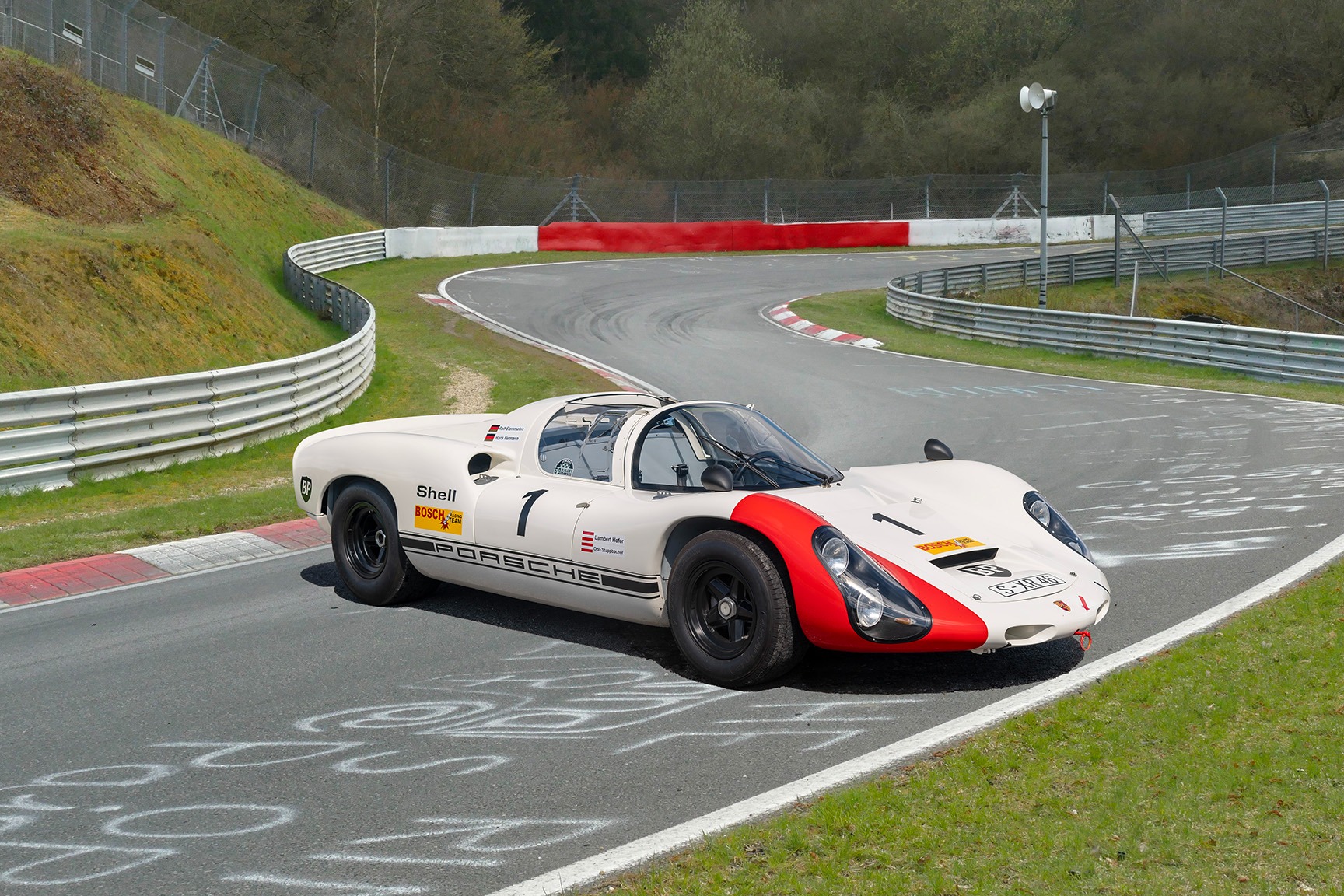
It was through the 910-001 that Porsche discovered why the car was so planted, because of how it was shaped to use the entire length of the car to push down into the track, instead of relying on a massive rear spoiler like the original 917 did. When the 917K was developed, all of a sudden it was monstrously fast, stable, and soon was winning every race it entered, a powerhouse car that had the previous generation to thank.
Following came the 917LH, the 935, and then, using all of the lessons learned following the 917K through the 1970s, the utterly dominant 956 and 962 Group C prototypes. All of which came from 28 race cars that proved that a Porsche could be driven to the limit, and of which the very first was the most demonstrable of that in the hands of many a great driver, and one legendary Austrian.
Why This Is A Once In A Lifetime Sale
Private collectors that own significant race cars very rarely, if ever, sell their prized centerpieces. In fact, chassis -001 was bought by Rudi Lins in 1966, then sold to Stuppacher in 1968. It stayed in that family until 1994, when it was acquired in a private sale by a wealthy collector, who spared no expense in having it meticulously restored by Porsche themselves back to its original 1966 factory condition. It has stayed with that collector since, being kept in running order and maintained meticulously, with a few appearances at Concours d’Elegance, but most of the time being kept in a private garage.
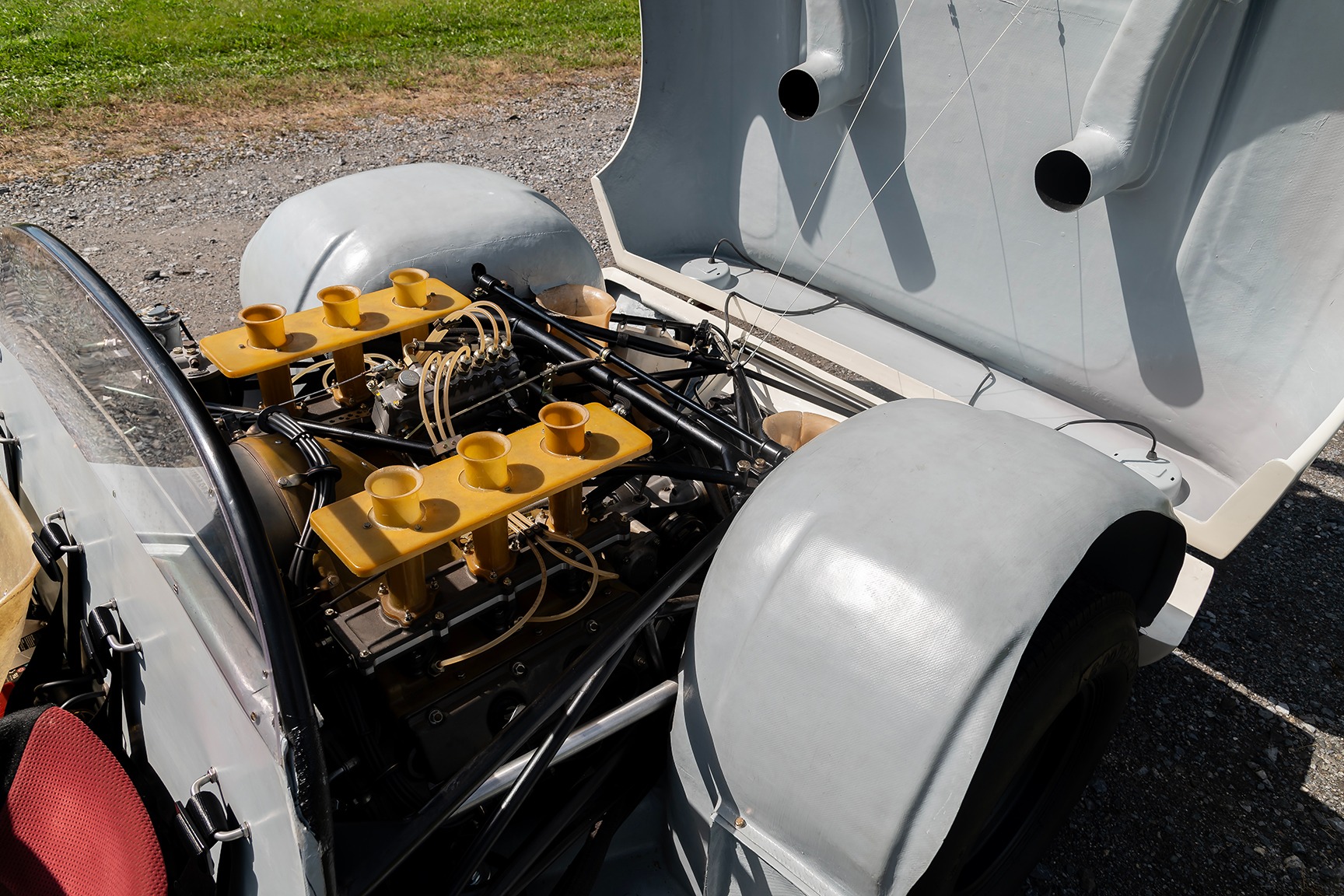
So when it was announced that the first 910 ever made was going to be up for sale, collectors the world over perked up. There is only one chassis -001, and it was held in a private collection for 30 years, so those looking for a 910 to add to their own collections found out that not only was one for sale, but chassis -001 which had been restored by Porsche themself, they all immediately knew that this was something that would happen likely once in their lifetime.
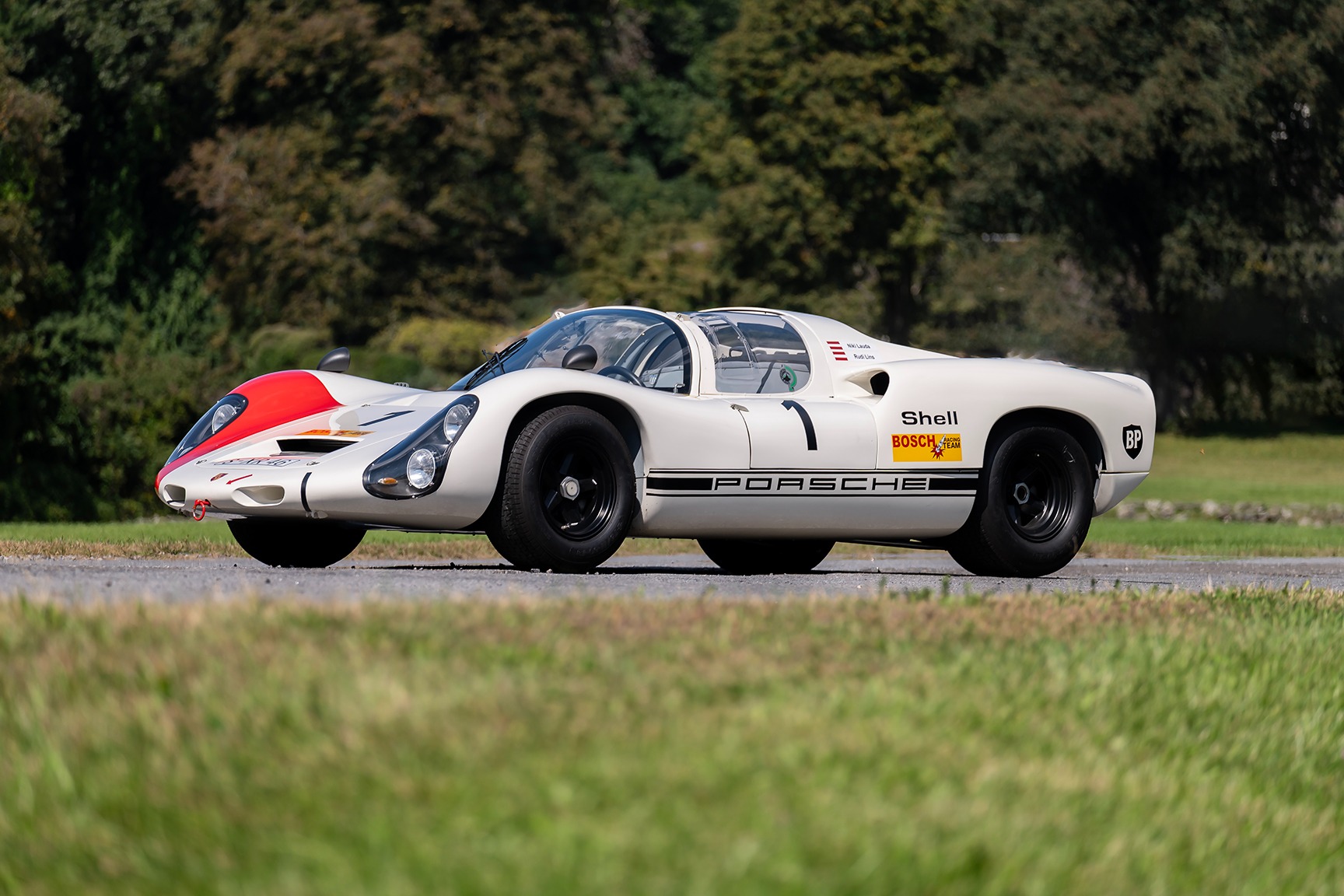
Add on top of that, that the car has a full set of FIA homologation papers dating back to 1966, and for every race it entered, as part of the sale, on top of its pedigree of legendary hands that held its wheel and drove it, we don’t think the sale price will dip anywhere South of $4 million. The last 910 that was for sale, Chassis -020, was estimated to be worth $3.4 million although it remained unsold. It didn’t have nearly the pedigree that -001 has, which is worth those extra $600,000 alone.
So, if you’re a billionaire collector and wanting the rarest of rare Porsche 910 prototypes for your collection, you can look at the sales listing here. Or, you could click there as a regular Porsche fan and look at the awesome set of pictures capturing every detail.


